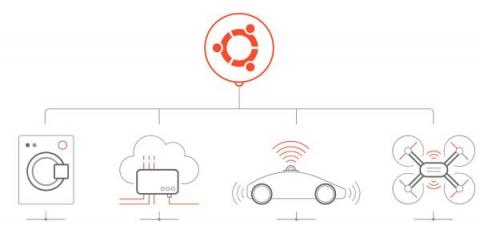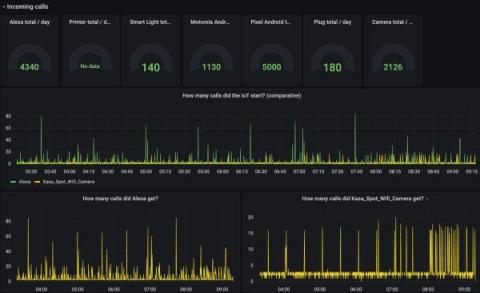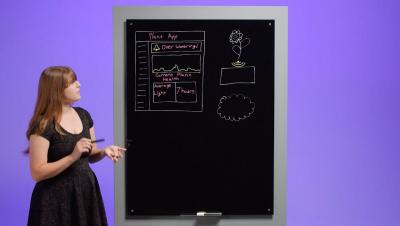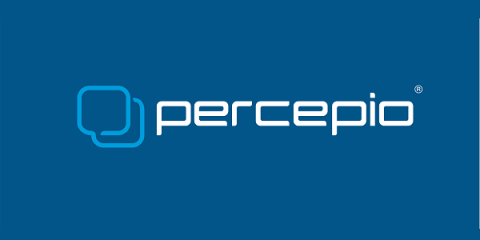Percepio Wins Coveted Elektra Award for Tracealyzer for Linux
Percepio®, the leader in visual trace diagnostics for embedded systems and the Internet of Things (IoT), has been awarded the prestigious Elektra Award 2021 for its visual trace diagnostics tool Tracealyzer for Linux. Tracealyzer for Linux was voted best product in the “Design Tools and Development Software” category by the jury, ahead of developer tools from five other companies, including Cadence and Synopsys.











